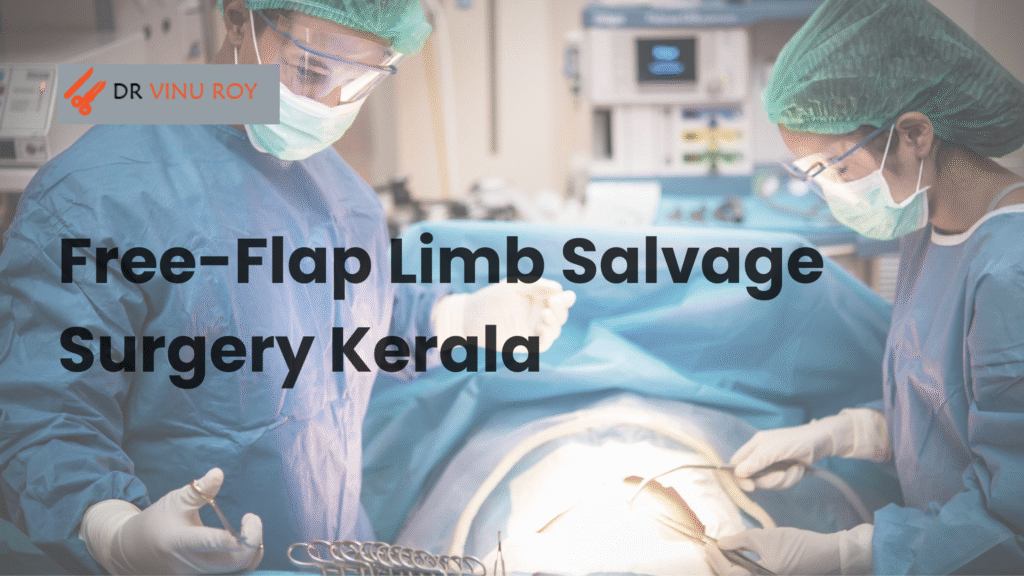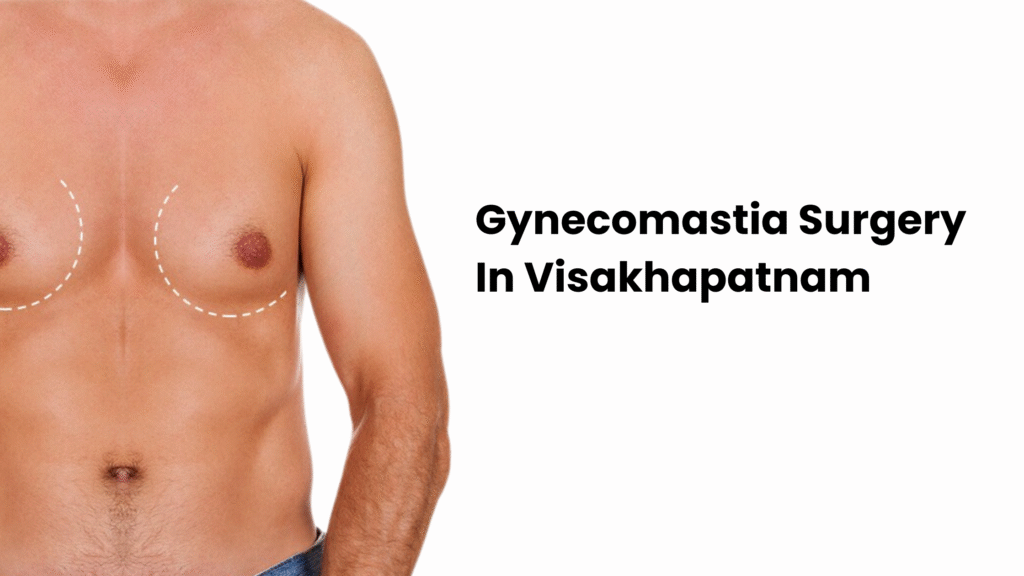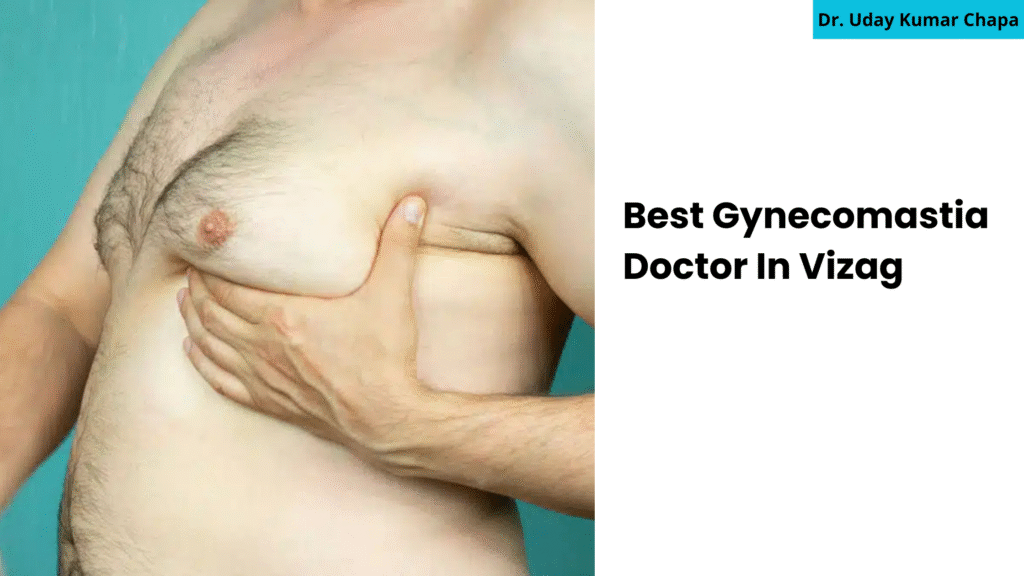
When patients face devastating limb injuries—whether from accidents, cancer resections, infections, or vascular disease—the immediate thought often drifts toward amputation. While amputation remains lifesaving and sometimes necessary, it drastically changes a patient’s quality of life, independence, and psychological well-being.
Limb salvage surgery is a multidisciplinary effort aimed at preserving a patient’s natural limb while restoring both function and aesthetics. One of the most powerful tools in this field is free-flap reconstruction, a microvascular surgery technique where tissue (skin, muscle, bone, or a combination) is transferred from one part of the body to the damaged limb. The transferred flap is reconnected to blood vessels under a microscope, effectively giving the limb a new lease on life.
In India, and especially in Kerala, where road traffic accidents, diabetic foot complications, and cancer resections are increasingly common, free-flap limb salvage has become more than a surgical innovation—it’s a lifeline. Kerala’s strong healthcare infrastructure, skilled microsurgeons, and advanced medical colleges have enabled such surgeries to be performed with success rates comparable to global standards.
Why Free-Flap Limb Salvage Surgery?
1.To Save the Limb Instead of Amputation
Traditional management of severe limb injuries or chronic wounds often meant amputation.
Free-flap surgery provides a way to cover defects, restore blood supply, and save the limb, allowing patients to walk on their own legs.
2. Better Quality of Life
Losing a limb can lead to psychological trauma, social stigma, and reduced independence.
Limb salvage preserves mobility, appearance, and confidence.
Patients report higher satisfaction and mental well-being compared to amputees.
3. Functional Restoration
Free flaps can include bone, muscle, skin, and fascia—allowing surgeons to rebuild the limb in a way that maintains or restores function.
Example: A fibula flap can replace missing bone in the leg and still let the patient walk.
4. Cost-Effectiveness in the Long Run
Amputation may seem cheaper initially, but prosthetics, rehabilitation, and long-term care cost much more.
Limb salvage avoids the lifetime cost and challenges of prosthesis use.
5. Versatility
Free flaps can be tailored to different problems:
Trauma with exposed bone
Cancer resections
Diabetic ulcers
Infections or burns
This makes it a one-solution approach for many difficult cases.
6. Advances in Microsurgery
With modern microscopes, instruments, and training, success rates for free-flap surgery are 90–95% or higher in expert hands.
In Kerala, several centers now perform these surgeries routinely, making it accessible and reliable.
7. Kerala’s Context
Kerala has high diabetes rates → more cases of foot ulcers and vascular disease.
High literacy and health awareness → patients actively seek limb preservation.
Strong hospital network → supports complex surgeries with ICU, rehab, and follow-up care.
Services in Free-Flap Limb Salvage Surgery – Kerala
Trauma Reconstruction Services
Post-accident limb salvage – treating open fractures, mangled extremities, crush injuries.
Coverage of exposed bone, tendon, or implants using free flaps.
Vascular repair/reconstruction combined with orthopaedic and plastic surgery.
Diabetic & Vascular Limb Salvage
Diabetic foot reconstruction – using muscle or fasciocutaneous flaps to cover chronic ulcers.
Peripheral arterial disease (PAD) limb salvage – combining revascularization and free-flap coverage.
Prevention of major amputations in high-risk patients.
Oncology Reconstruction
After tumor resection in limbs (e.g., sarcoma resections).
Bone and soft tissue reconstruction with free fibula or composite flaps.
Functional restoration to preserve mobility and limb length.
Chronic Infection & Non-healing Wounds
Osteomyelitis reconstruction (bone infections requiring soft tissue cover).
Pressure sore reconstruction (common in paraplegic patients).
Salvage after failed local flaps or skin grafts.
Pediatric Limb Salvage
Free-flap transfers for congenital limb defects.
Microsurgical reconstruction for trauma or tumor in children.
Growth-preserving surgical planning.
Rehabilitation & Supportive Care
Physiotherapy & gait training post limb salvage.
Occupational therapy for functional restoration.
Psychological counselling (important for trauma & cancer patients).
Long-term wound care & follow-up monitoring.
Specialized Techniques Offered
Anterolateral thigh (ALT) free flap
Latissimus dorsi free flap
Fibula osteocutaneous free flap for bone reconstruction
Gracilis muscle flap (for smaller defects)
AV loop reconstructions when local recipient vessels are absent
Cross-leg flaps (as alternatives where free flaps aren’t feasible)
Multidisciplinary Team Services
Plastic & reconstructive surgeons (microsurgeons)
Orthopaedic trauma specialists
Vascular surgeons
Oncologists (for limb salvage in cancer cases)
Rehabilitation medicine experts
Understanding Free-Flap Surgery
What is a Free Flap?
A free flap refers to the transfer of living tissue (skin, fat, muscle, bone, or fascia) from a donor site to a defect site, with microvascular anastomosis to reconnect blood supply. This is different from local or regional flaps, which remain attached to their original blood supply.
Key points:
Free flaps allow coverage of large or complex defects.
They provide healthy, well-vascularized tissue in areas where local tissues are damaged, scarred, or infected.
They require microsurgical expertise, as vessels as small as 1–2 mm are sutured under high magnification.
Types of Free Flaps Used in Limb Salvage
Muscle Flaps (e.g., Latissimus dorsi, Gracilis)
Excellent for filling dead space and covering exposed bone.
Resistant to infection.
Fasciocutaneous Flaps (e.g., Anterolateral Thigh flap)
Provide thin, pliable tissue ideal for resurfacing.
Offer good cosmetic results.
- Osseous or Osteocutaneous Flaps (e.g., Fibula flap)Used when bone reconstruction is needed (e.g., after tumor resection).
Allows functional limb salvage in long bone defects.
- Composite Flaps
Combine muscle, bone, and skin as needed.Tailored for the most complex defects.
Role of Free-Flap Limb Salvage Surgery
Trauma Care
Kerala sees a high burden of road traffic accidents leading to mangled limbs.
Free-flap surgery plays a life-changing role in covering exposed bones, vessels, and tendons.
Prevents amputation in patients who would otherwise lose their leg after accidents.
Diabetic Foot & Vascular Disease
Kerala has one of the highest diabetes prevalence rates in India.
Many patients develop non-healing ulcers, infections, and gangrene.
Free flaps provide healthy tissue to cover these wounds, improving healing and reducing amputation risk.
Cancer Reconstruction
After tumor resection (sarcomas, bone cancers, soft-tissue tumors), patients are often left with massive defects.
Free-flap reconstruction restores both form and function, allowing limb salvage instead of radical amputation.
Chronic Infections
Osteomyelitis and chronic wounds (burns, radiation injuries, pressure sores) often resist simple skin grafting.
Free flaps bring fresh vascularized tissue into infected areas, helping fight infection and promote healing.
Pediatrics
In children, free flaps are used for congenital deformities, trauma, and tumors.
Surgeons carefully design flaps that can adapt to growth, ensuring the child’s limb remains functional into adulthood.
Rehabilitation & Quality of Life
Beyond survival, the main role of limb salvage is restoring independence.
Patients can walk on their own legs, maintain mobility, and avoid the stigma of amputation.
Psychological benefits are huge: patients feel more “whole” and are more likely to reintegrate socially.
Kerala’s Healthcare System
Strengthens Kerala’s reputation as a hub for advanced reconstructive surgery.
Supports medical tourism, attracting patients from across India and abroad.
Encourages training and research in microsurgery, making Kerala a center of innovation in limb salvage.
Free-flap limb salvage surgery is an advanced reconstructive procedure used to save a severely injured or diseased limb from amputation. In this technique, a section of living tissue—such as skin, muscle, fat, bone, or a combination—is taken from one part of the patient’s body and transplanted to the damaged area of the limb
FAQ
What is free-flap limb salvage surgery?
It is a microsurgical procedure where healthy tissue (skin, muscle, bone, or fat) is taken from another part of the body and transferred to a damaged limb. The surgeon reconnects tiny blood vessels under a microscope, allowing the transplanted tissue to survive and restore function.
When is this surgery needed?
It is recommended in cases where the limb would otherwise require amputation, such as:
Severe trauma or accidents with exposed bone and tissue loss
Diabetic foot ulcers and vascular disease
Bone or soft tissue cancers after tumor removal
Chronic infections (osteomyelitis, non-healing wounds)
Burns or radiation injuries
How successful is free-flap surgery?
In expert hands, success rates are 90–95% or higher. However, outcomes depend on the patient’s overall health, blood supply, and timely treatment.
How long does the surgery take?
A typical free-flap limb salvage procedure takes 6–12 hours, depending on the complexity of the defect and the type of flap used.
What is the recovery time? Hospital stay: 1–2 weeks (for monitoring flap survival) Physiotherapy: Starts early, continues for several months Return to normal activity: 3–6 months (varies by case)
Hospital stay: 1–2 weeks (for monitoring flap survival)
Physiotherapy: Starts early, continues for several months
Return to normal activity: 3–6 months (varies by case)
Is free-flap surgery painful?
Patients are under general anesthesia during surgery. Post-operative pain is managed with medication. Most discomfort is temporary and improves as healing progresses.



